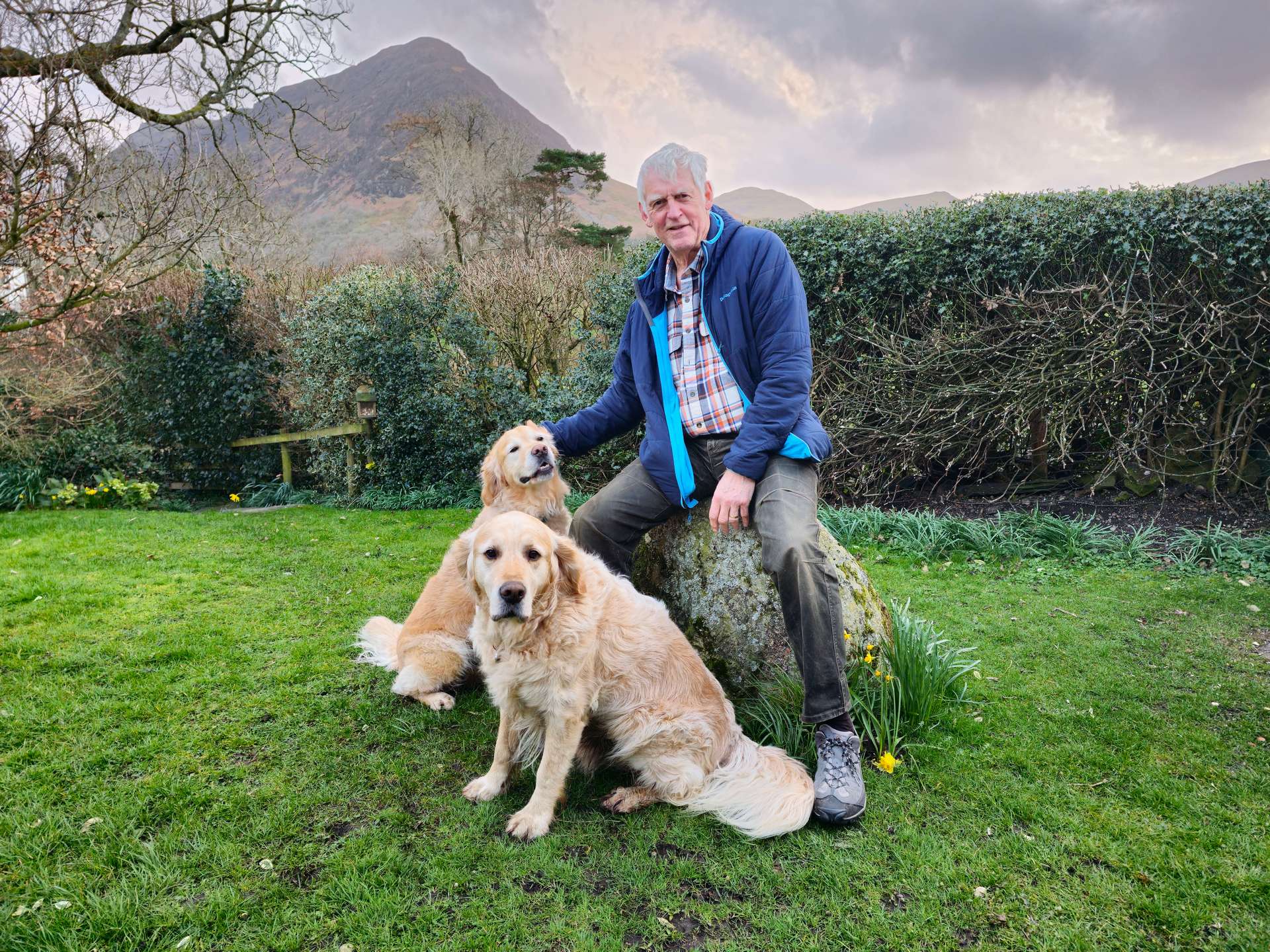Wainwright in Loweswater
Article by Chris Butterfield
Approaching Loweswater in the early autumn of 1965, it’s easy to speculate that Alfred Wainwright experienced a bittersweet mixture of relief and melancholy at the realisation that his 13-year odyssey of crafting his peerless guidebooks was nearing its end. It’s perfectly conceivable that he spent more time than planned atop the final fell, Starling Dodd, perhaps with the poignant acknowledgement that this could be his last visit to these beloved landscapes.
Creating the seven-volume Pictorial Guide to the Lakeland Fells from 1952 to 1965 must have posed several challenges to Wainwright. Juggling his responsibilities as Kendal Borough Treasurer with his monumental task, all while lacking the ability to drive, added complexity to his project. This constraint necessitated spending every weekend navigating to the fells via bus, a mode of transportation less abundant than today’s services. The scarcity of bus routes, especially to the more remote fells in the western region, would have made access extremely difficult.

In 2021, I obtained a collection of letters written by Wainwright in 1965/6, addressed to his friend Mr. Kirkby. As I delved into these correspondences, I was taken aback by Wainwright’s candid revelation that he resorted to using taxis to finalise The Western Fells guidebook. His tone suggested a reluctant acceptance of this necessity, tempered with a touch of good humour. These letters sparked my curiosity, leaving me with lingering questions: Did Wainwright mean commercial taxis or rides from acquaintances? Also, what were the specific starting points and destinations of these journeys?

Seeking clarification, I reached out to Dot Tudhope, a resident of Cumbria and the prior custodian of the letters, who confirmed that Wainwright indeed referred to ‘paid’ taxis. Dot possessed these letters in 2014 through her friend, Ena Davison. Ena, who had resided in a residential home in Keswick for several years, passed away in 2016. She had shared with Dot that Mr Kirkby, the recipient of the letters and a bank manager from Keswick, was her longtime hiking companion. Furthermore, he shared many walks with Wainwright and entrusted Ena with his collection of Wainwright’s letters before he died in the late 1980s.
Sheila Richardson, an author and photographer closely acquainted with Wainwright, still resides in west Cumbria and is familiar with the taxi tale. In the late 1970s, Sheila delivered a presentation at the Women’s Institute in Lorton, where she encountered Jeanie Hope, the general secretary of the Loweswater and Brackenthwaite Show Committee. This meeting sparked a friendship, leading Sheila to visit Jeanie at her cottage in High Lorton frequently.

Jeanie, a native of Montana, relocated to West Cumbria in 1919 as an infant to reside with her grandparents. She later married William Hope, a farmer and one of four brothers cultivating the land in the Loweswater area. Together, they managed High Nook Farm for a quarter-century. Following William’s death in 1975, Jeanie moved to High Lorton. Her contributions to the local community were formally acknowledged in 2002 when she was awarded an MBE. Jeanie passed away in 2011, having lived to the age of 92.
During their conversations, Sheila broached the subject of Wainwright with Jeanie, who unexpectedly disclosed that he had frequently stayed at their farm. In addition to their agricultural pursuits, William and Jeanie supplemented their income by operating a bed and breakfast. Jeanie reminisced to Sheila, describing Wainwright as “a very nice gentleman”. She noted that Wainwright was reserved, preferring to keep to himself, and was accorded the same hospitality as any other guest.
The farm offered an ideal base for Wainwright to conduct fieldwork on the fells near Loweswater and Ennerdale, yet the logistics of his travel remained a question, as the bus service from Keswick terminated at Seatoller. Jeanie shared with Sheila that Wainwright circumvented this challenge by taking a taxi from Keswick to the farm. The most plausible route for such a taxi journey would have threaded through the scenic Whinlatter Forest, connecting Keswick to Loweswater.
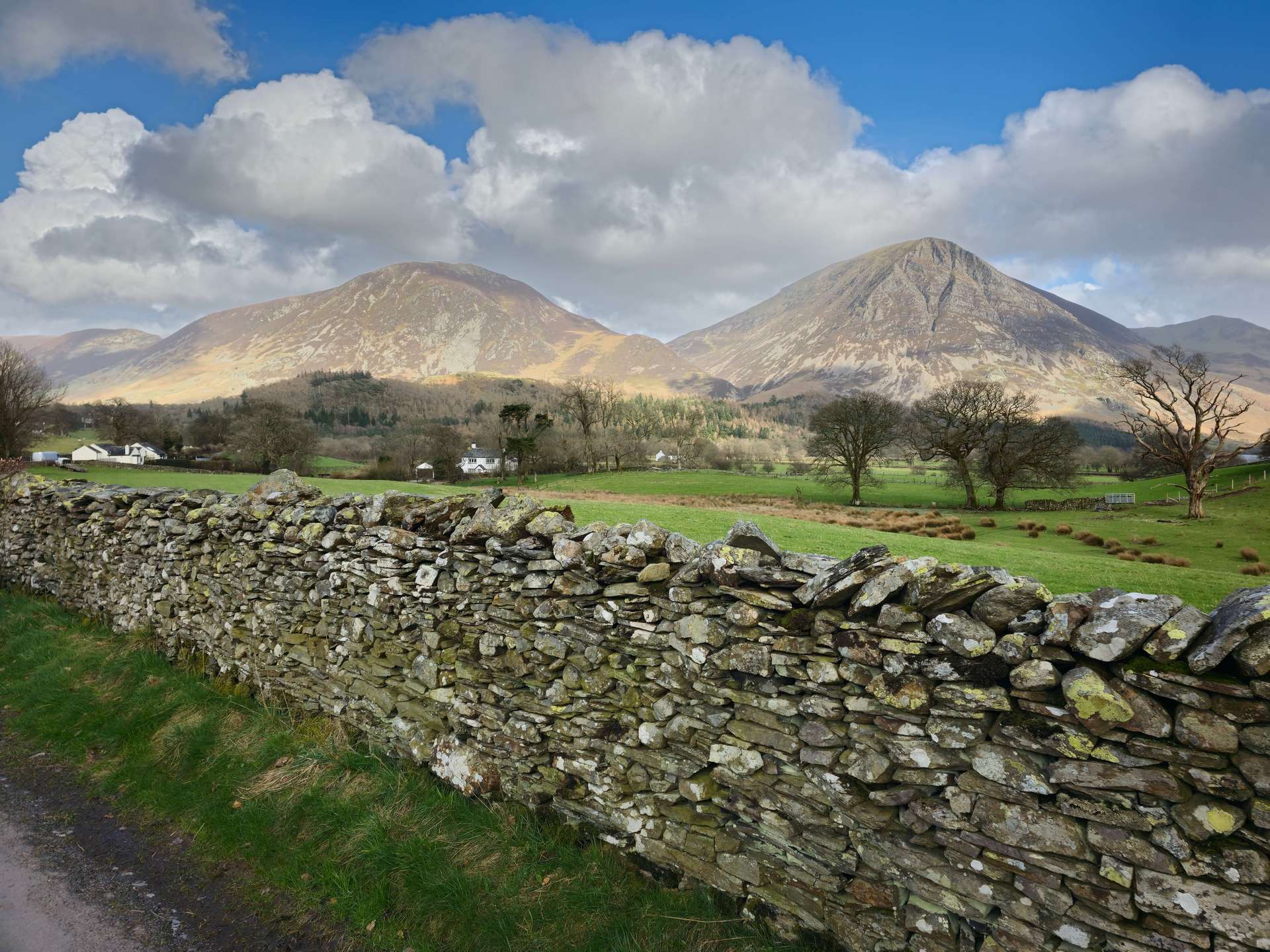
The fact that Wainwright was a guest at High Nook Farm was well-known among the Loweswater community. This detail, alongside Wainwright’s letter and Sheila’s firsthand account from Jeanie, lends considerable credibility to the narrative. Pursuing further information, I was determined to discover which taxi service Wainwright might have employed. Given his preference for privacy, it seemed improbable that he would disclose his identity to any driver, making this aspect of the investigation particularly speculative. Davies Taxis of Keswick, established by Tom Davies and his wife Rene in 1965—the very year Wainwright made his journeys to Loweswater—emerged as a potential candidate. Nonetheless, the Davies family suggested that Wainwright might have opted for more established services, such as those provided by John Harrison, whom I could not reach, or Harry Braithwaite, who had since passed away.
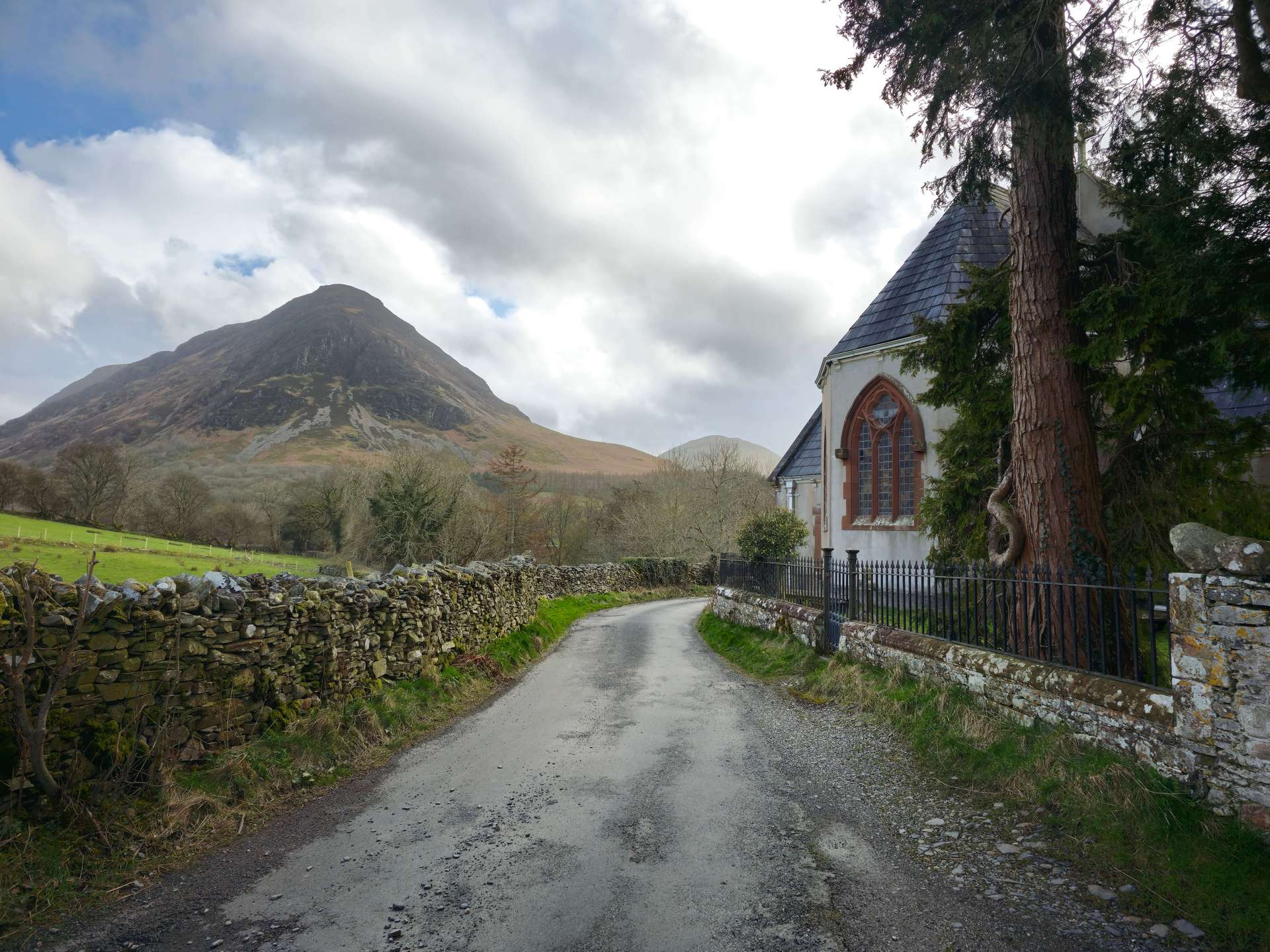
Eager to better understand the environment Wainwright experienced, I visited High Nook Farm to envision its appearance during his time. Roger Hiley, who resides in a charming, aged cottage near the village’s heart and quite close to the farm, accompanied me.
As we made our way, I was captivated by the stunning landscape around us, fully understanding why Wainwright selected Loweswater as his operational base. Before long, we arrived at the rough path beside the stream that ascended to the farm, once a retreat for the esteemed fellwalker. In those days, the custom of securing accommodation in advance was unheard of; weary travellers could simply approach the door and be welcomed into the main house with an offer of a room.
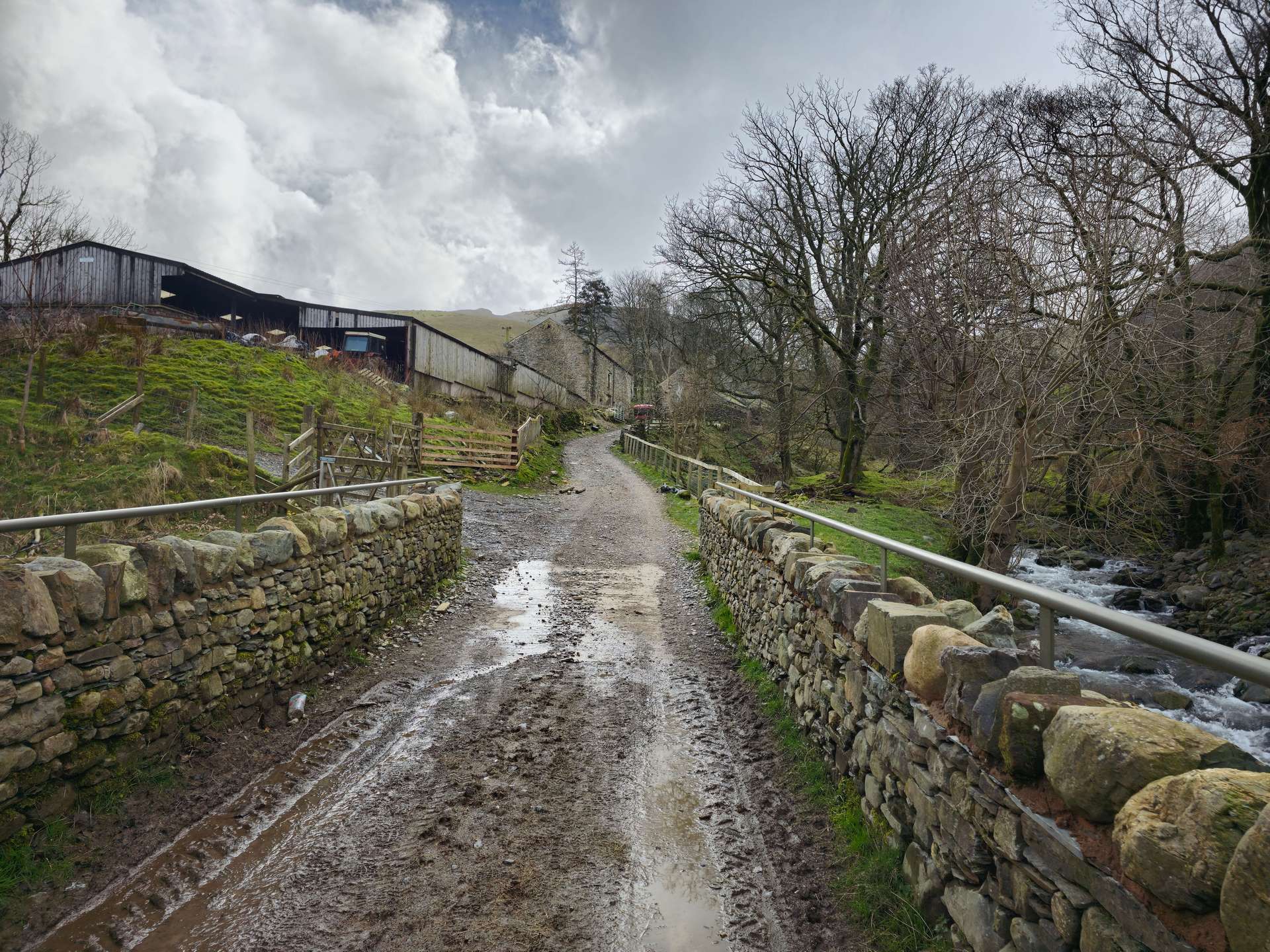
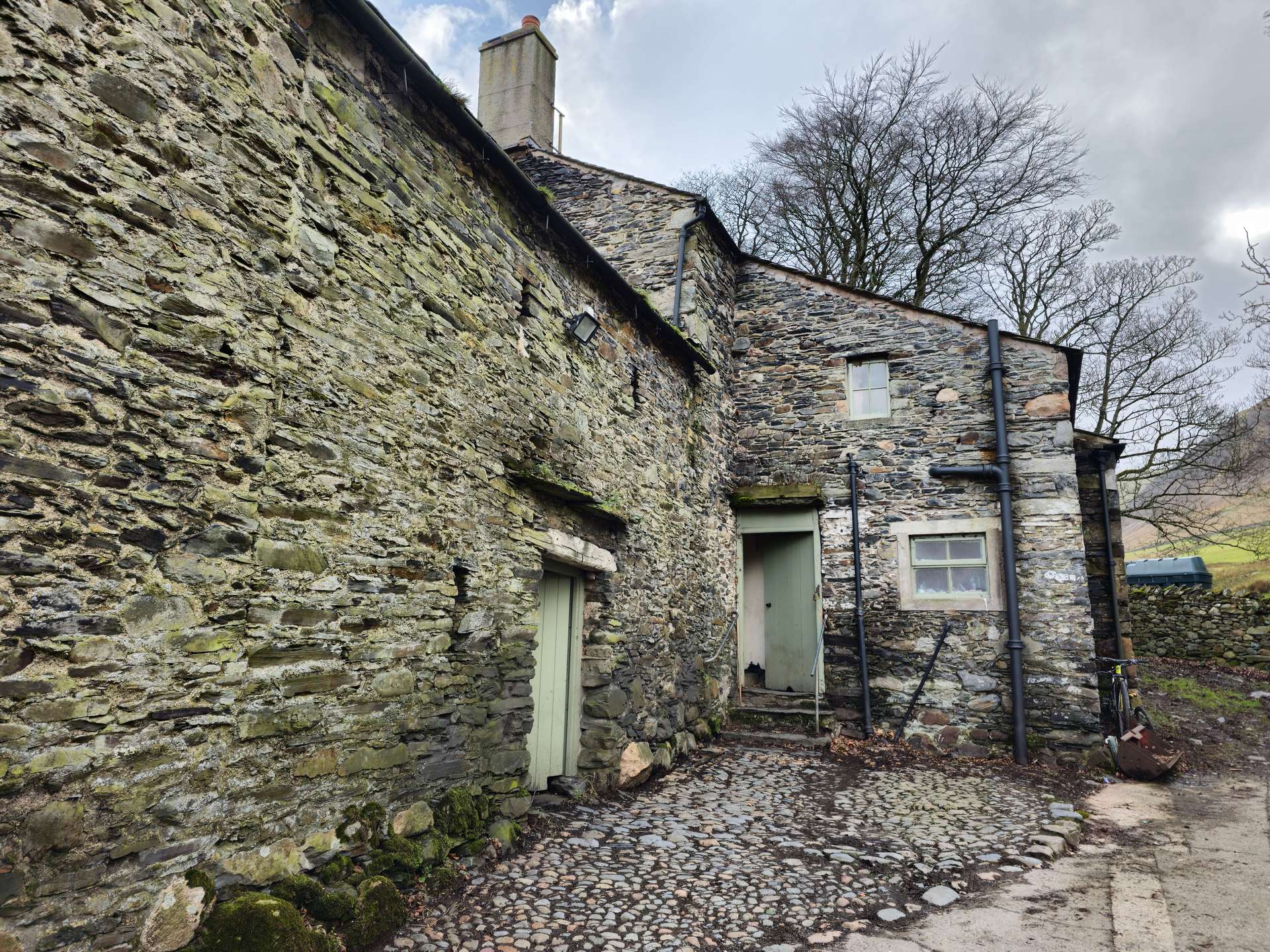
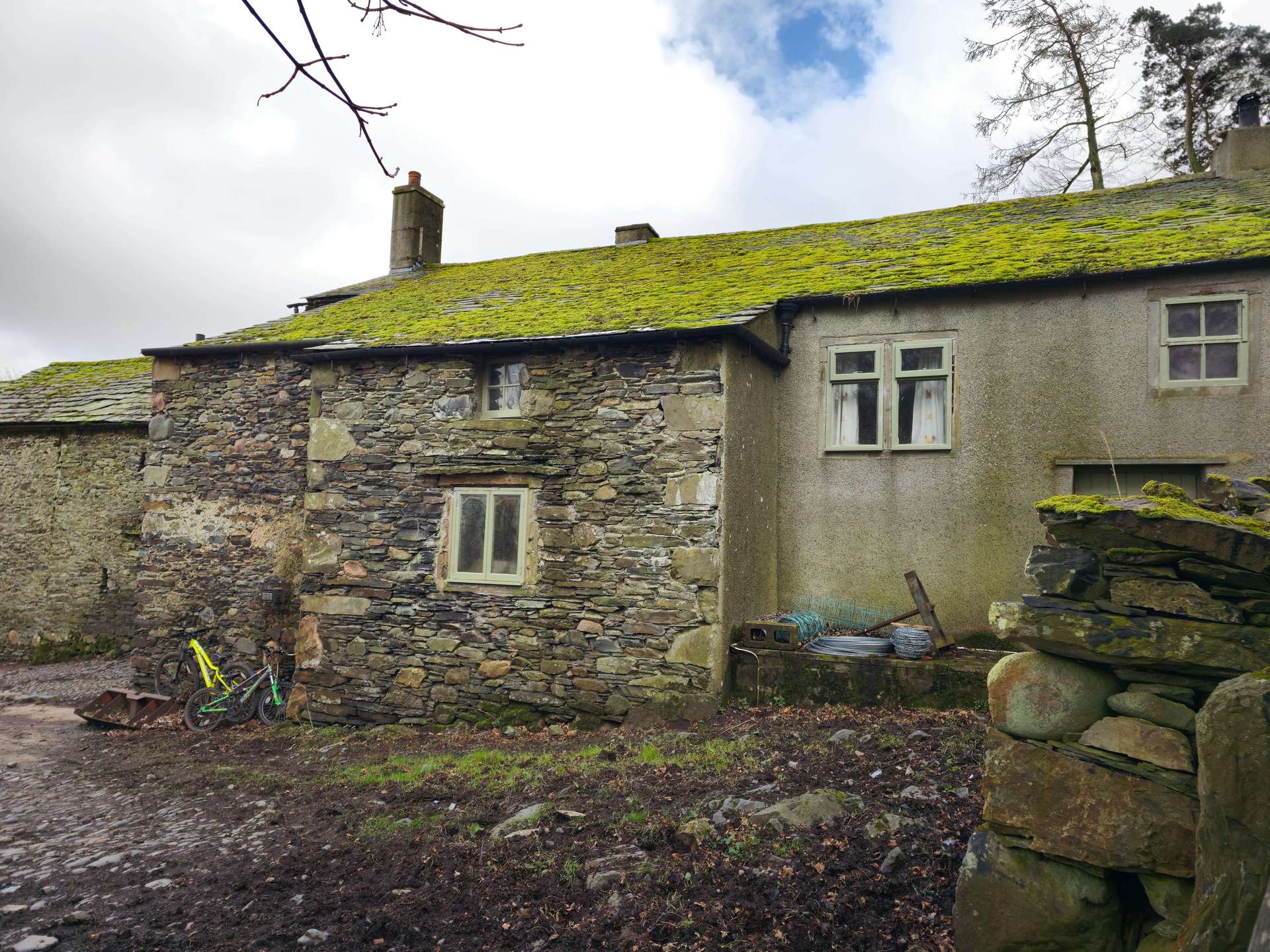
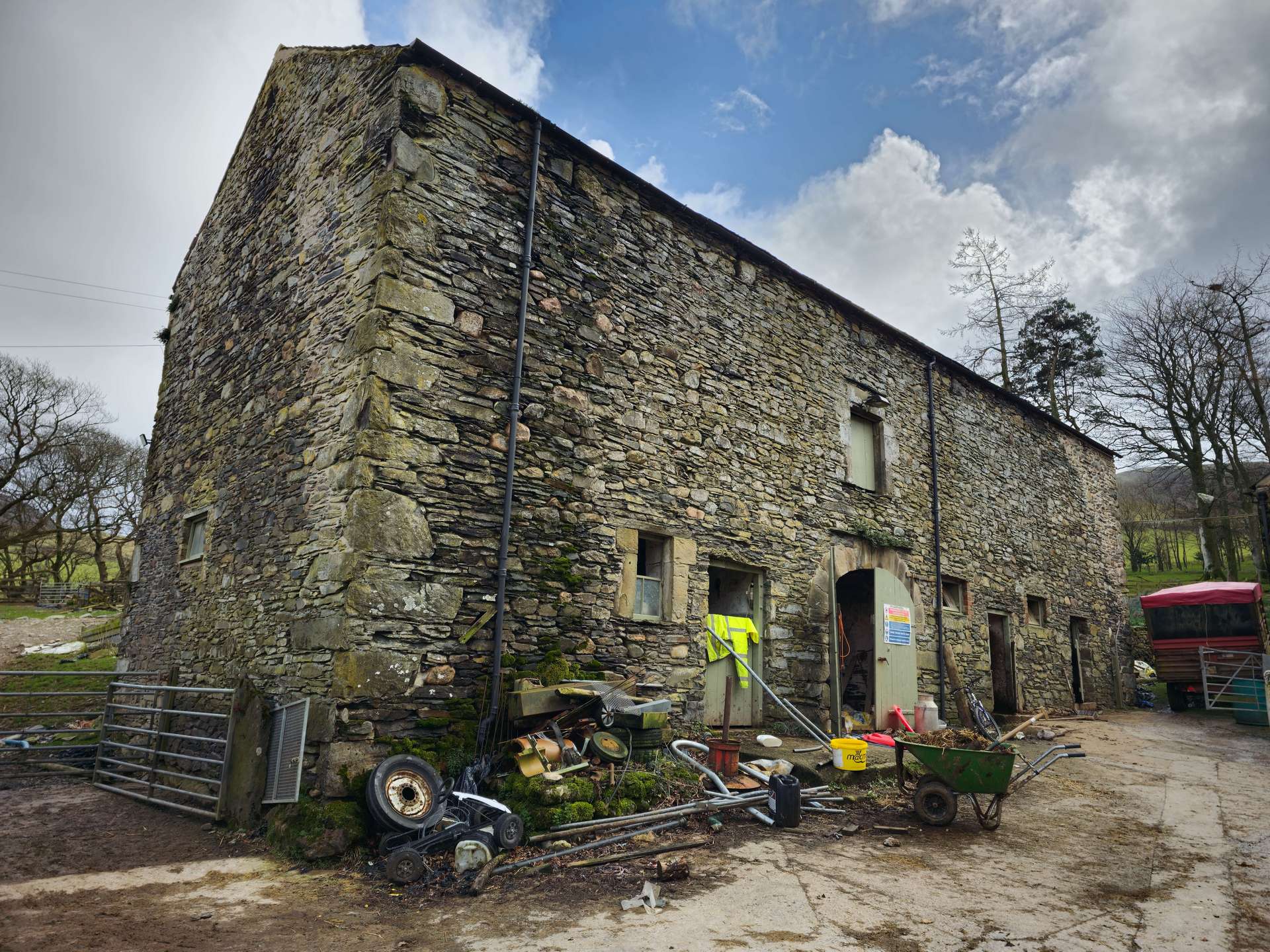
Carling Knott, the fell nearest to High Nook, intriguingly, does not feature as a Wainwright despite its consideration in his initial plans. At the foot of Carling Knott lies Holme Wood, a place steeped in history. The wood underwent replanting in the 1950s, with a unique design shaped like a pheasant – a creative touch by Johnston Edwards MBE, a former forester for the Queen at Balmoral. The eye of this avian silhouette is marked by larches, which, come autumn, distinguish themselves with their vibrant yellow foliage against the backdrop of various other tree species, adding a distinctive contrast to the woodland’s palette.
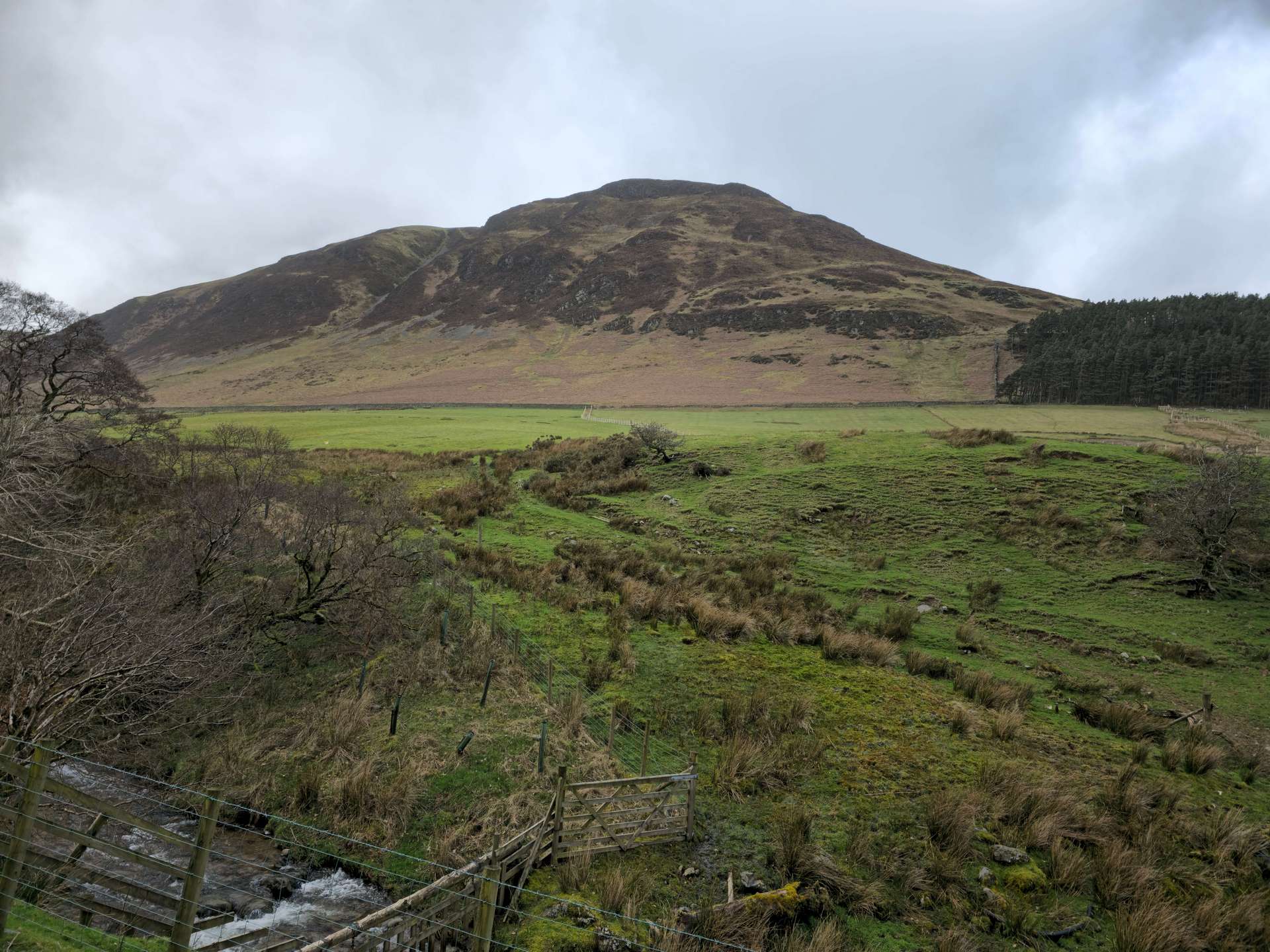
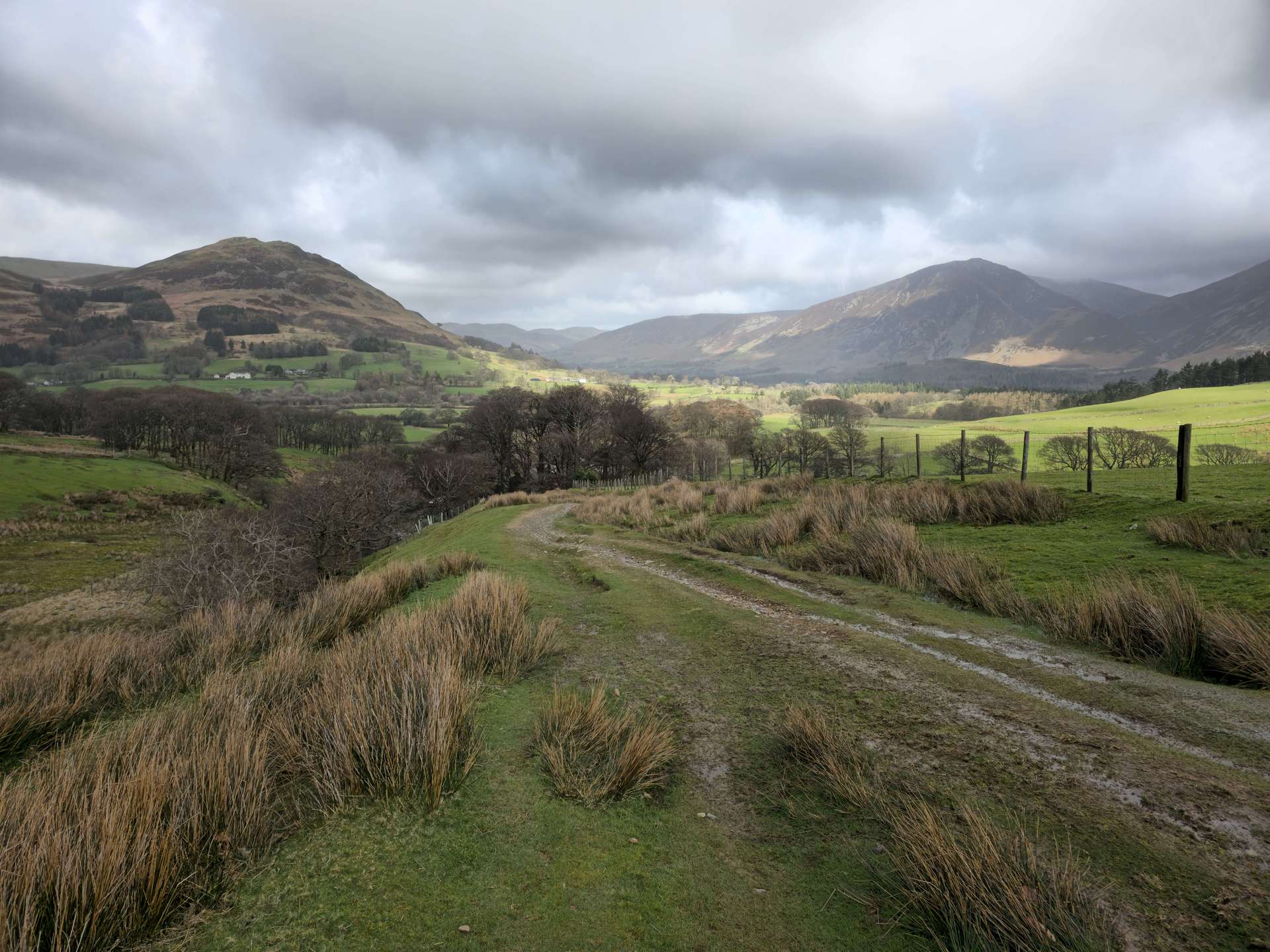
Departing from High Nook, Roger and I ventured north towards the serene lake of Loweswater, passing by Watergate Farm, then turned east to the shores of Crummock Water before returning to the cottage. Along the way, Roger shared insights into the local water supply history. Until a recent period, the waters of Crummock and Ennerdale served as the primary source for the surrounding towns. Yet, with the population in West Cumbria expanding, Ennerdale Water began to deplete, putting numerous rare and protected species at risk. To address this, water is now sourced from Thirlmere, safeguarding the local ecosystem by reducing the strain on Ennerdale Water.


As I prepared to leave Loweswater, I mused on my visit, pondering what thoughts might have crossed Wainwright’s mind during his final departure from this tranquil setting. My contemplation shifted to Wainwright’s reflections in “Some Personal Notes in Conclusion” at the close of The Far Eastern Fells, the second book in his series. He had elegantly turned down all offers of hospitality and transport, driven by a stubborn desire to undertake his journeys independently. Wainwright penned these words almost a decade before his forays into the Western Fells, suggesting that, at the time, he may not have fully anticipated the challenges that lay ahead.
<<>>
I extend my heartfelt gratitude to Roger for his companionship and generous hospitality during my time in Loweswater. His profound knowledge of the area was instrumental in linking together the various threads of this narrative. I also owe a special thanks to Dot Tudhope and Sheila Richardson, who were invaluable sources of information throughout this investigation.
